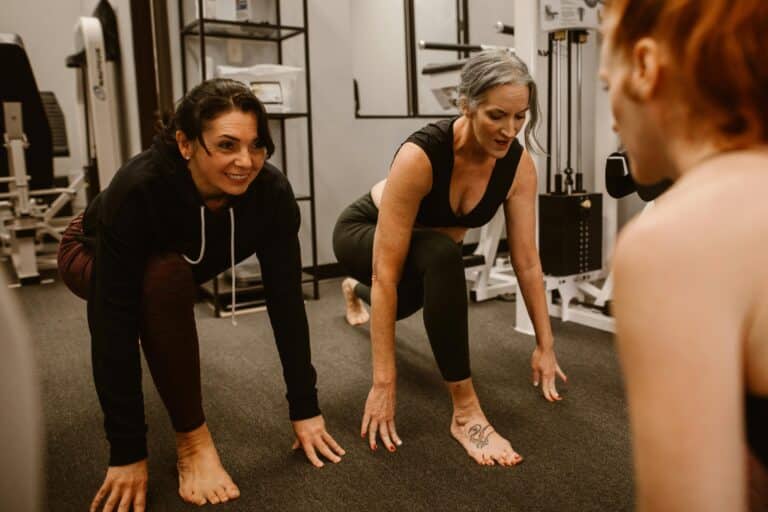
I recently was contemplating the title of Pulitzer Prize-winning author Richard Powers’ new book Bewilderment. Do you see it?
Be wild. Be wilder.
Yes! Be your true wild — immersed in your senses, grounded, present, and vibrantly alive, thriving, and connected. Can you feel, taste, hear, see, and smell nature’s abundance — fresh air scented with pine and moss, fractal leaf patterns, morning bird song, textures of deep-ridged bark, and dappling light — dynamic in its play from sunrise to sunset?
Breathe in nature, and exhale deeply. Feeling better already?
“We are part of nature,” says Marc Berman, associate professor of psychology and director of the Environmental Neuroscience Laboratory at the University of Chicago. “Nature is a necessity, not an amenity.”
Yet, many of us live far removed from this necessity.
“These cubicle boxes that we live in are very artificial compared to the environment that we evolved in. We want to keep the good and the progress that we have made, but we need to bring nature in more and immerse ourselves in it,” Berman says.
Enter biophilic design. Biophilia is the idea that we humans have an innate affinity for the natural world and are nourished by it. Biophilic design incorporates this affinity into buildings’ interior and exterior designs to promote well-being for the inhabitants.
“I think people have woken up not only to sustainability but also to wellness,” says Megan Zack, associate partner and director of sustainability at Chicago’s Hartshorne Plunkard Architecture. Biophilic design incorporates natural materials and shapes, plants, water features, nature sounds and scents, as well as lighting that changes from morning to night.
According to Berman’s studies, published in Psychological Science and other journals, we humans gain psychological, cognitive, and physical health benefits from nature. Some of these benefits include improved working memory, attention, and mood; more reflective thinking; and a propensity to think less about one’s self and more about others, he says.
A range of studies shows that interaction with nature correlates with quicker recovery from surgery, decreased cardiovascular disease, reduced risk of myopia, improved self-control, and decreased crime.
The evidence is clear: Being in nature is good for our personal and societal health. The challenge is that we spend approximately 90% of our time indoors, according to the Environmental Protection Agency.
Our choice? Bring nature in to encourage reprieve from our overactive, stressful lives. Here are a few ways.
Plants. Plants boost our sense of well-being as they clean the air. Their green hue provides a soothing response in the brain, explains Navraaz Basati, a horticultural therapist and certified forest therapy guide. When we look at plants, whether they are synthetic or real, we gain psychological benefits.
“We associate green with fertility, vitality, good health, and thriving,” she says. If plants are daunting, Basati suggestscreating baskets of natural elements: pine branches, cones, bark. Bowls or vases of fruit (artificial or real) also evoke a sense of comfort, belonging, and pleasure.
Lighting. “Think circadian rhythms,” says Lisa Adams, senior interior designer and principal at architecture firm HKS in Chicago. “Lighting has such an important role in the physical well-being of any individual.”
Adams suggests improving sleep by using lights with cooler kelvin temperatures, or whiter light, during the day for alertness. Dimmer, warm lighting in the evening can signal to your brain that it’s time to get ready for bed.
Texture. Wherever you might rest your hands, use a natural material, Adams suggests. Natural materials give us a sense of familiarity, quality, comfort, and relationship.
“We have many receptors in our fingers that give messages to our brain,” Basati says. “These receptors influence our organ health and our cognitive functioning.” Consider using such materials as wood, masonry, steel, wool, cotton, bamboo, and cork.
Shape. Use organic shapes that remind you of nature, Zack says, such as wall coverings with organic images or patterns. Curves, arcing trajectories, and cyclical patterns are associated with the same expansive mode that our brain experiences when in nature, Basati says.
Scents. Pleasurable natural scents in the form of essential oils can encourage deeper, slower breaths. Certain scents can boost our immune system (pine, lavender), relieve congestion (eucalyptus, tea tree), and invigorate our senses (citrus, rosemary, geranium).
Connected to your wild, how would you dream your home or office habitat to incorporate nature? Now, make it real.
Ultimately, though, nothing replaces time outdoors in nature. Happy thriving.
Originally published in the Spring/Summer 2022 print issue.

Kathleen Aharoni is a movement and life coach, forest bathing guide, and author of the award-winning book I breathe my own breath! She has served on the faculties of Northwestern University and Columbia College.










